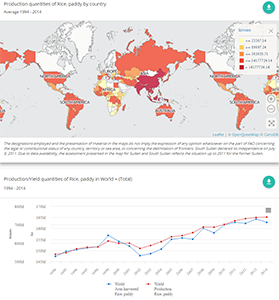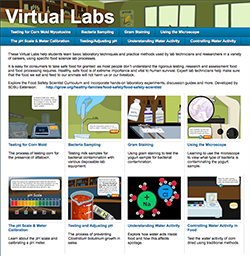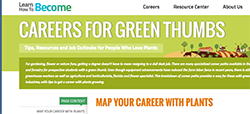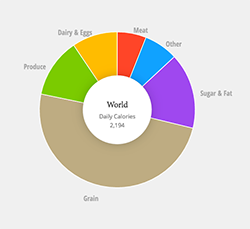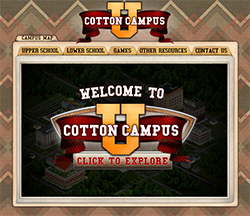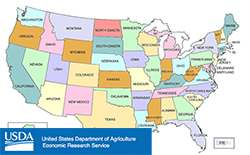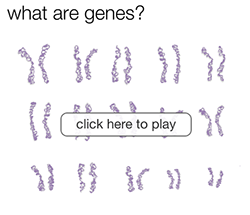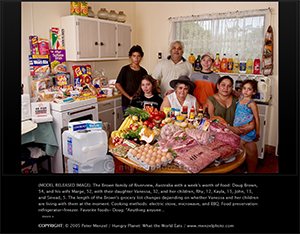
Hungry Planet Family Food Portraits
The Peter Menzel Photography website provides an archive of the photos included in the Hungry Planet book, which depict everything an average family consumes in a week along with the food cost. These portraits provide a glimpse into kitchens from Norway to China to Mexico, raising questions about how culture and environment influence the cost and calories of diets around the world.
